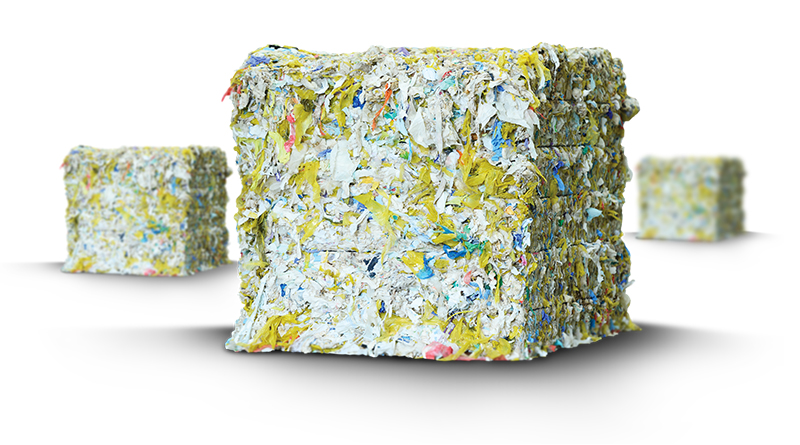FUEL FROM WASTE
We all produce bodily waste (yes, even royalty), and it all has to go somewhere. Much of it can end up in landfill, but phs has developed a new solution; turning our waste into fuel.
We chat to Clare Noble, LifeCycle Director at phs to find out more about how they process that stuff we’d all rather ignore.
What inspired this new approach to dealing with bodily waste products?
Hygiene products are an essential part of many people’s everyday lives but disposing of them has always been an issue. Hundreds of millions of feminine hygiene products, nappies and incontinence pads disposed of in public and commercial bins, are currently sent to landfill each year. This type of waste is called absorbent hygiene waste and disposing of it in an environmentally responsible way is one of the most pressing sustainability challenges in the UK.
Where do you collect the waste from and where does it go?
Our operations fleet collects the absorbent hygiene waste from our business customers’ premises throughout the UK. They bring the waste to one of our LifeCycle hubs where it’s transferred to a vehicle with a much larger capacity. These larger vehicles transport the waste to our LifeCycle plant in the Midlands for processing. This means that we have a smaller number of vehicles travelling to our LifeCycle plant, minimising the impact on the environment.
What do you do with once you have it?
Firstly, we remove any foreign objects from the waste material. We then remove the excess fluid, chemically treat the remaining absorbent hygiene waste and press it into stable bales of refuse derived fuel (RDF).
Why is this important?
Currently, hygiene product waste is either incinerated or sent to landfill. Neither option is ideal. Burning wet waste is expensive due to the energy required to heat and then burn it. Sending hygiene waste products to landfill is harmful to the environment because of the time it takes for the waste to decompose. Hygiene product waste takes up to 500 years to decompose and is one of the largest contributors to UK landfill. If we continue with this option, we will run out of landfill capacity. Additionally, businesses and organisations sending hygiene waste products to landfill also face increasingly high costs to do so, because of the UK environmental targets that have been set to tackle these landfill capacity issues.
How much do you process each year and what does it get used for?
Since January 2017, we’ve processed 8,800 tonnes of our customers’ absorbent hygiene waste at our LifeCycle plant. We converted this waste into 5,945 tonnes of RDF fuel. Our RDF goes to waste brokers who supply the alternative energy market, potentially both in the UK and in Europe. RDF is typically burned in biomass plants to produce electricity and hot water either for municipal power systems, the National Grid or individual companies.
What next for LifeCycle?
We’ve already expanded our capacity since we became operational in November 2016 and we’re now operating three shifts. We’re now bringing over 90% of the absorbent hygiene waste from our customers in England and Wales to our LifeCycle plant and we’re hoping to extend this to parts of Scotland.
Our aim for 2018 is to divert 35,000 tonnes of our customers’ absorbent hygiene waste away from landfill, processing the majority through LifeCycle. We want to inform more businesses and organisations that there is a solution that that can help them to deliver their sustainable promises.

Find out more at phslifecycle.co.uk / @phsgroup

